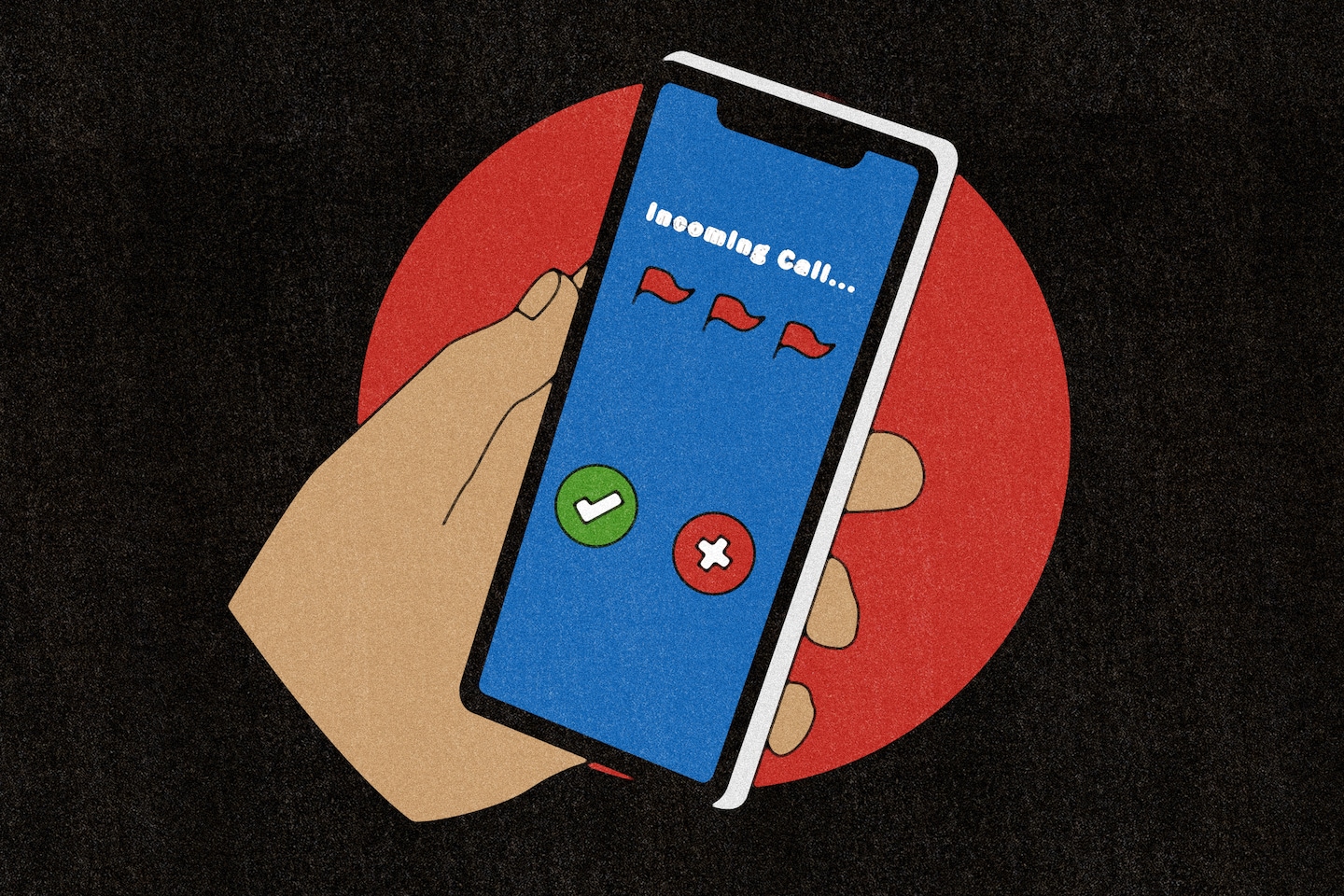
What everyone can learn from a columnist who lost $50,000 in a scam
- Science
- February 17, 2024
- No Comment
- 135
In her article for New York Magazine’s the Cut, journalist Charlotte Cowles describes in detail how she fell for an elaborate scam that used fear, technology and her data to convince her it was real. A caller posed as someone from Amazon, then transferred her to someone posing as a Federal Trade Commission liaison, then someone claiming to be from the CIA and finally the scammers convinced her to withdraw cash and hand it over to a stranger outside her home.
The end result sounds wild on its own, but broken down step by step the scam did include the kinds of convincing details that frequently trick people. Here’s what we can all learn from this scam.
When our phone rings and the screen says “Mom,” we don’t have any reason to doubt it. Caller ID technology has been around since landlines — and for the most part is accurate and helpful. However, scammers have technology that lets them “spoof” any number to fake where a call is coming from. They can imitate a family member, government agency or in the case of Cowles, a well-known company such as Amazon. They can even spoof a location, convincing you it’s a local call from an unknown number.
Don’t assume that a call is legitimate just because the caller ID says it’s the police, Apple, the IRS or even someone you know. If there is anything slightly off about the conversation, hang up and call the person or organization back directly using a number you look up separately.
Scammers are also able to spoof the voices of specific people using AI. While it’s not yet widespread, this is another technique to be aware of.
Scammers have all your private information
We tend to think of scams as targeting people at random, but modern operations are far more advanced. They have databases of detailed personal and financial information about you and your family — and use it to make themselves seem official. For example, a scammer can have your address, the names of family members, your Social Security number and even past debt amounts. Much of this information has come from data breaches and hacks over the years and is regularly traded and resold to other scammers on the dark web.
If you have a call from a company, bank, collections agency or government organization that rattles off your personal information, that’s a red flag. Once again, hang up and call back using an official number from their website.
Fear is a sign you’re being taken for a ride
Panic and fear are tools that scammers use regularly. If they can trigger your fight-or-flight response, they can prevent you from thinking critically in the moment. Some examples include saying your account has been hacked, there have been unwanted charges on your credit card, your identity was stolen, you’re being investigated for a crime, or even that your child or grandchild is in danger or has been kidnapped. One current scam targeting teenagers gets them to share sexual photos, then uses the fear of releasing them to extort the teens for money.
The scammer will also use fear to isolate you and prevent you from reaching out to other people who could help. In Cowles’s case, the criminals said not to tell anyone what was going on because communications were being monitored and friends and family could be suspects.
If you’re afraid, that’s your sign to call someone else — a partner, child, friend, AARP scam line (877-908-3360) or law enforcement.
Unusual payment methods are scams
Weird payment methods seem like an obvious red flag, but they often don’t come up until someone is neck-deep into the scam process. So many red flags have come and gone that one more may not register.
Let’s make it rhyme: Never pay in a weird way. All companies and government agencies use reputable payment methods and will never ask for cash, gift cards, cryptocurrency or payment over peer-to-peer payment apps such as PayPal or Venmo. Never pay over the phone or through a link someone texts you. Log in to your existing account and only pay there, if you actually owe money.
In this case, the victim didn’t think she was paying anyone but protecting her own money by taking it out of accounts that could be frozen. No legitimate organization or agency will ever ask you to take out cash.
They use subtle tricks to build trust
There are small things scammers do to gain your trust that you may not even register. In this case, they imitated the details you’d find on a real customer service call. There were case ID numbers, alerts that the call was being recorded, individual numbers to call back. But perhaps the most effective trick was not asking for anything too soon. We expect scammers to immediately try to get information or money out of us in some clumsy, obvious way. The professionals are playing a longer game. Don’t underestimate the people on the other side of the phone: They have resources, experience and know how to manipulate people.
Shame only helps scammers
The internet has piled on this author for falling for a scam that seems painfully obvious from the outside. The mocking can do more harm than good. People who fall for scams often feel shame or embarrassment, and that can prevent them from seeking help. Even after a scam takes place, there are things victims should do to protect themselves and future targets. Keeping quiet doesn’t benefit the person who fell for a scam, it only protects the scammers.
Encourage the people in your life to reach out if they’re worried they’re being scammed, and be brave enough to do the same if it ever happens to you.
#learn #columnist #lost #scam









